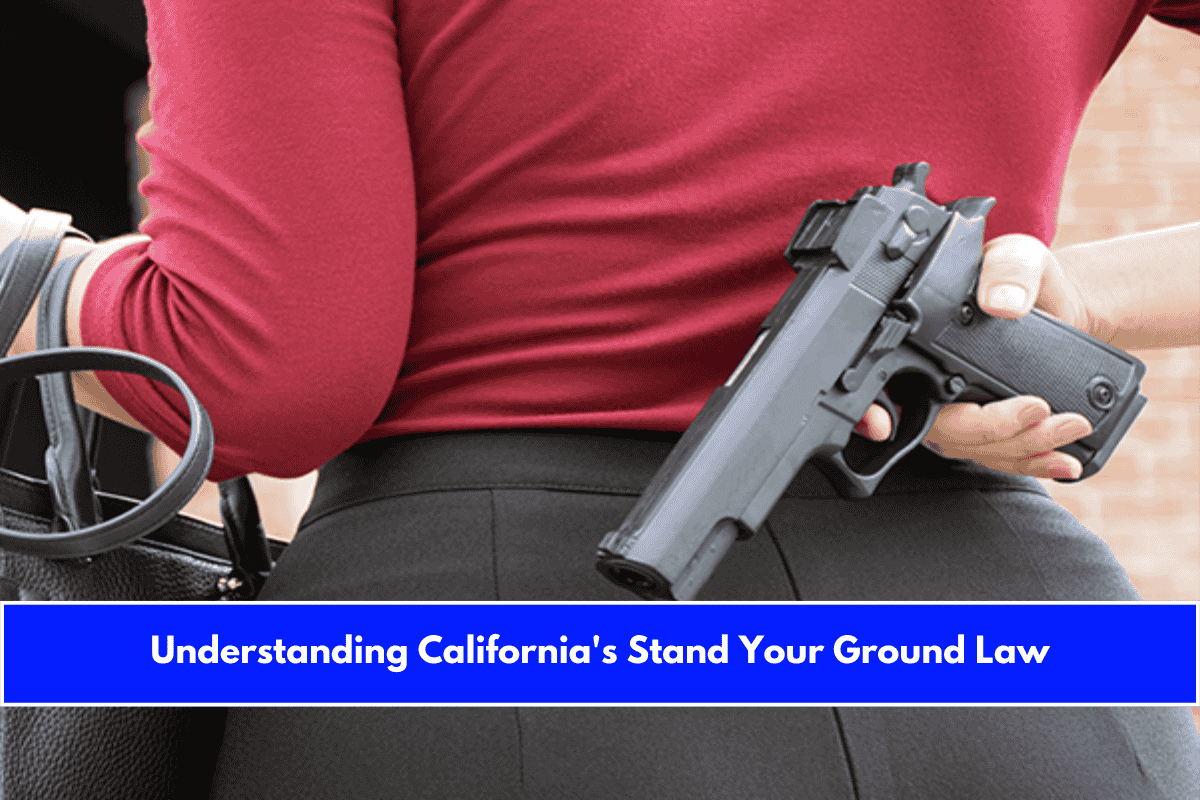California’s approach to self-defense incorporates the “stand your ground” principle, but it does so differently than states with explicit statutory stand-your-ground laws. Here’s what you need to know about how this legal doctrine operates in California.
What Does “Stand Your Ground” Mean in California?
In California, “stand your ground” means that if you are threatened with imminent harm, you have no legal duty to retreat before defending yourself or others.
You are allowed to remain where you are and use reasonable force—including deadly force if necessary—to protect yourself or someone else, provided certain conditions are met.
Key Elements of California’s Stand Your Ground Law
- No Duty to Retreat: California law does not require you to attempt to escape or retreat from a threat before using force in self-defense.
- Reasonable Belief of Danger: You must reasonably believe that you or another person are in imminent danger of being harmed.
- Immediate Threat: The threat must be immediate and present—meaning the danger is happening right now.
- Proportional Force: The amount of force used in self-defense must be proportional to the threat faced. Lethal force is only justified if you reasonably believe it is necessary to prevent death or great bodily injury.
- Location: The right to stand your ground applies anywhere you have a legal right to be—not just in your home.
- Castle Doctrine: California also has a “Castle Doctrine,” which specifically allows you to use force, including deadly force, without retreating if someone unlawfully and forcibly enters your home.
Legal Nuances and Limitations
- Not an Explicit Statute: Unlike some states, California does not have a specific “stand your ground” statute. Instead, the principle is established through case law and jury instructions, which state there is no duty to retreat if you are lawfully present and threatened.
- Reasonableness Standard: Whether your belief in the need for self-defense was “reasonable” is often the key issue in court. Prosecutors may challenge whether your perception of danger justified the use of force.
- Restrictions: You cannot claim stand-your-ground protection if you provoked the attack, were engaged in illegal activity, or were trespassing at the time of the incident.
- Jury Instructions: California Jury Instructions (CALJIC No. 5.50) clarify that a person may act in self-defense without retreating if they reasonably believe they are in imminent danger of being killed or suffering great bodily injury.
Comparison to Other States
| Feature | California | Explicit Stand Your Ground States | Duty to Retreat States |
|---|---|---|---|
| Statutory Law | No specific statute | Yes | Yes (duty to retreat required) |
| Duty to Retreat | None | None | Required if safe to do so |
| Applies Anywhere? | Yes, if lawfully present | Yes | No |
| Castle Doctrine | Yes | Yes | Yes (varies by state) |
California’s stand-your-ground principle allows individuals to defend themselves or others without retreating, as long as their belief in imminent danger is reasonable and their response is proportional.
The law is shaped by case law and jury instructions rather than explicit statute, and it is subject to important limitations and judicial interpretation. If you are involved in a self-defense case, the specifics of your situation and the reasonableness of your actions will be closely examined in court.
Sources:
- https://criminaldefenselawventura.com/criminal-defense/self-defense/
- https://www.cronisraelsandstark.com/stand-your-ground
- https://amicuslegalgroup.com/california-self-defense-laws-what-you-need-to-know/
- https://www.egattorneys.com/stand-your-ground-law-in-california
- https://www.shouselaw.com/ca/blog/laws/is-california-a-stand-your-ground-state/











Leave a Reply